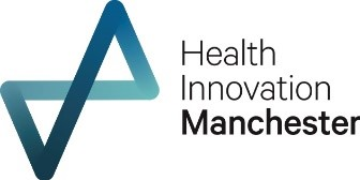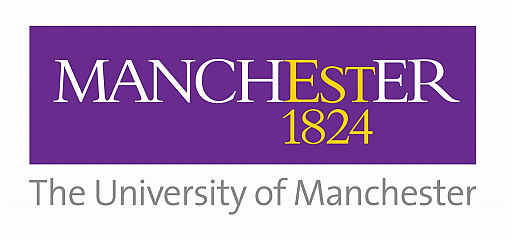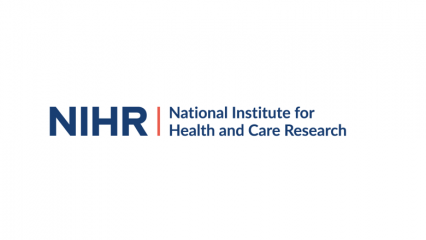Glaucoma – the silent thief of sight
Mr Au specialises in glaucoma, cornea-related problems, external eye disease and cataract. He is recognised as an opinion leader in the trialling and development of new medical technologies for minimally invasive glaucoma surgery (MIGS).
Here, Mr Au provides an insight into the role of MIGS in the battle against glaucoma.
As the second leading cause of blindness in the world, glaucoma is a significant burden to society. For many patients the condition has no symptoms and, with an estimated 50 per cent of cases remaining undiagnosed, glaucoma has a reputation for being the silent thief of sight.
Chronic open-angle glaucoma is often not spotted until the disease progresses. At which point, it is often too late, as any damage to vision caused by glaucoma cannot be repaired.
Everyone should attend a regular routine eye test with a high-street optician. Prevention is always better than cure and, if someone in your family has glaucoma, you may even be entitled to get the test free on the NHS.
Glaucoma is mostly caused by a blockage in part of the eye. This prevents fluid draining out of the eye and increases pressure in the eye, called intraocular pressure. Treatment, initially in the form of eye drops aims to reduce the intraocular pressure in the affected eye.
Some patients find that they have sensitivities to the eye drops used to treat glaucoma (e.g. experiencing redness, shortness of breath, nightmares or dizziness. There can also be problems with patient adherence; if their symptoms are hidden, it can be hard for them to accept that they need eye drops or they may simply just forget. In some patients despite using the drops religiously the pressures are still not controlled.
For these reasons, a consultant may recommend that a patient considers surgery (e.g. trabeculectomy), where a tiny drainage hole is created to allow fluid to flow out of the eye and help lower eye pressure, preventing or reducing damage to the optic nerve.
Although these procedures are effective, limitations include the length of operation, hospital stay and risk of infection. That’s why I’m working with other glaucoma experts and industry partners internationally, as the UK lead for MIGS. MIGS uses a new wave of technologies and procedures designed to lower eye pressure with lower risk than conventional surgery.
This new type of surgery is typically suitable for those patients who have failed to respond well to drops or medication, and who are at the earlier stages of glaucoma. The overall pressure lowering effects of MIGS are not as profound as conventional surgery, so the traditional approach still has a role to play in advanced cases.
What does your research mean for patients?
My research into MIGS has contributed to the development of new devices and surgical procedures that overcome the limitations of traditional surgery that I mentioned.
With one technology, I’m able to perform an operation in 10 minutes and the patient is able to go home the same day. In contrast, a trabeculectomy takes around one hour and requires an overnight stay. The visual recovery from MIGS is usually dramatically faster, and they offer more standardised results than traditional surgery.
There are also benefits for the NHS. It is easier for surgeons to learn the MIGS procedures and, due to the shorter surgical time, many more operations can be performed in one theatre session. At MREH, we have incorporated these new procedures into standard practice for patients.
What is the secret of a successful research partnership with industry?
The NHS and industry each have valuable contributions to make towards the development of new technologies. By working closely and sensitively with industry, the NHS is able to access cutting edge technology for patients. In return, without financial influence or pressure, industry receives candid feedback on their technology and the needs of the NHS.
When embarking on a new research partnership, we look for a technology that offers benefits over existing products, and has plenty of pre-clinical data to demonstrate safety and effectiveness. We work closely with the company and our research team to ensure that the research protocol is robust and safe for our patients.
At MREH we have officially one of the largest surgical portfolios in glaucoma in the world. The wide selection of technologies at our finger tips enables us to carefully tailor care to an individual’s requirements. I’m proud that my role within the NHS enables me to deliver cutting edge treatments that make a difference to our patients and, by training clinicians elsewhere, also reach those further afield.





